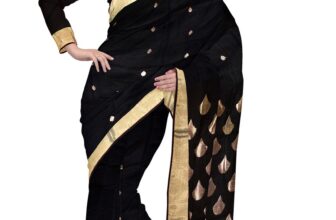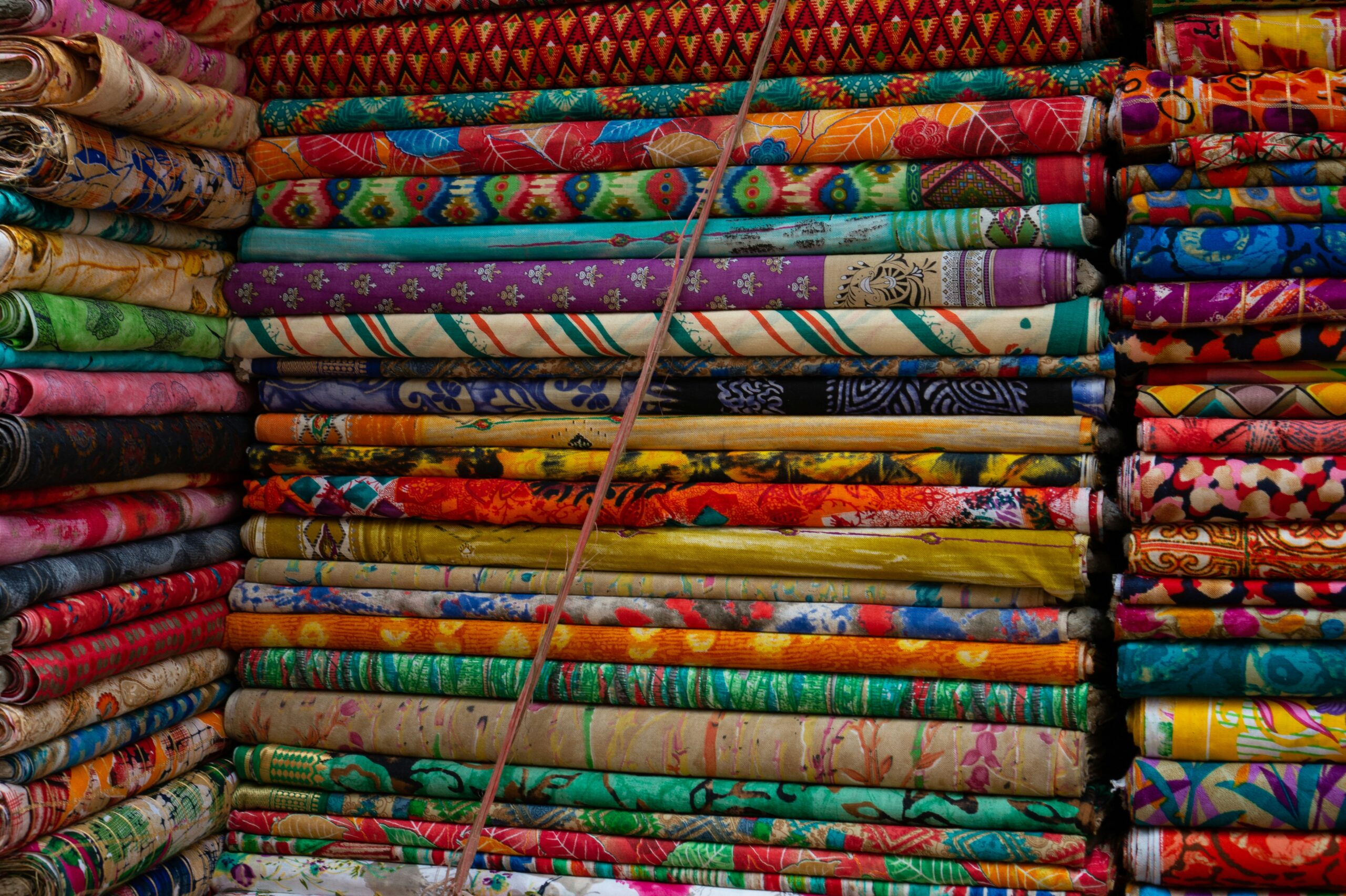Kanchipuram silk sarees, renowned for their opulent craftsmanship and intricate designs, have transcended geographical boundaries to become a beloved fashion statement worldwide. Originating from the town of Kanchipuram in Tamil Nadu, India, these sarees have evolved from traditional garments to influential pieces in contemporary fashion. This article delves into the global impact of Kanchipuram silk sarees on the fashion landscape, showcasing their enduring charm and versatility.
The Origins of Kanchipuram Silk Sarees
Kanchipuram, often referred to as the “Silk City,” is the birthplace of Kanchipuram silk sarees. These sarees are characterized by their vibrant colors, rich zari work (intricate metallic thread embellishments), and distinct motifs inspired by temple architecture and nature. Crafted from pure mulberry silk, Kanchipuram sarees have a unique appeal rooted in traditional weaving techniques that have been passed down through generations.
Traditional Elegance Meets Contemporary Fashion:
Kanchipuram silk sarees have seamlessly adapted to the evolving fashion landscape. They offer a blend of timeless elegance and contemporary allure, making them a popular choice for a range of occasions, from weddings and festivals to red-carpet events. Designers have embraced these sarees, reinterpreting classic patterns to cater to modern tastes while retaining their inherent charm.
Global Icons and Celebrities Embrace Kanchipuram Sarees:
From Hollywood to Bollywood, Kanchipuram silk sarees have graced the shoulders of international celebrities and Indian film stars alike. Notable figures like Rekha, Vidya Balan, and Aishwarya Rai Bachchan have donned these sarees on various occasions, contributing to their global visibility and desirability.
Redefining Fusion Fashion:
Kanchipuram silk sarees have also inspired fusion fashion trends, where traditional and contemporary elements are combined to create unique ensembles. These sarees are often paired with contrasting blouses, experimenting with different cuts, styles, and fabrics. The fusion of Kanchipuram sarees with unconventional elements demonstrates their versatility and adaptability.
Cultural Exchange Through Fashion:
The popularity of Kanchipuram silk sarees transcends national borders, leading to an exchange of cultural aesthetics. Non-Indian designers have incorporated elements of these sarees into their collections, contributing to cross-cultural dialogue and fostering an appreciation for Indian craftsmanship and heritage.
Economic Empowerment of Artisans:
The global demand for Kanchipuram silk sarees has also played a crucial role in supporting the livelihoods of artisans and weavers. By showcasing their talents on an international stage, these craftsmen gain recognition and opportunities for sustainable livelihoods, preserving a centuries-old tradition.
Destination Shopping: Kanchipuram’s Fashion Tourism:
Kanchipuram has become a hub for fashion tourists seeking to explore its traditional silk saree craftsmanship. Tourists from around the world visit the town not only to purchase sarees but also to witness the intricate weaving process and gain insight into the artistry that goes into creating each piece.
Sustainability and Ethical Fashion:
Kanchipuram silk sarees align with the growing trend of ethical and sustainable fashion. The emphasis on traditional weaving techniques, the use of natural dyes, and support for local communities resonate with consumers seeking environmentally conscious and socially responsible choices.
Conclusion:
Kanchipuram silk sarees stand as a testament to the power of tradition in a rapidly changing world. Their global impact on fashion reflects the beauty of cultural exchange, craftsmanship, and adaptability. From red carpets to fashion runways, these sarees have seamlessly transitioned from being symbols of tradition to symbols of fashion-forward elegance. As they continue to transcend borders and captivate hearts, Kanchipuram silk sarees remind us that the essence of timeless beauty is not confined by geographical limits but flourishes in the interplay between heritage and innovation.





